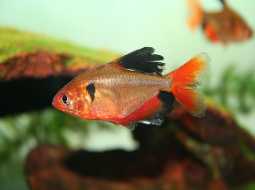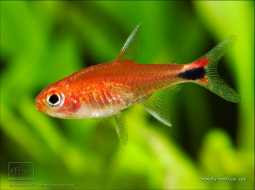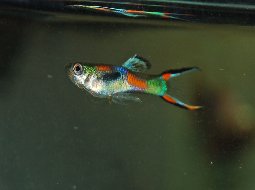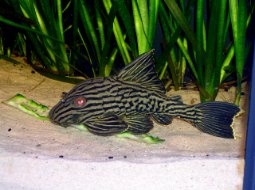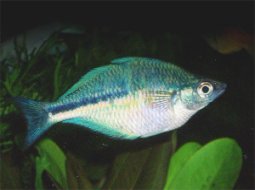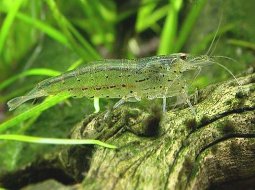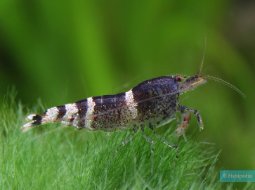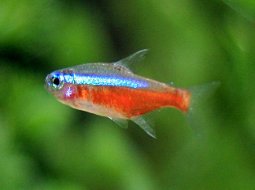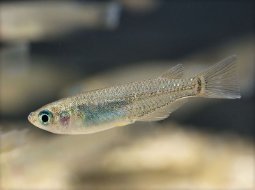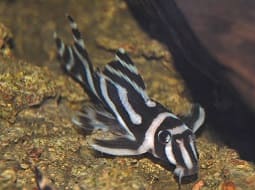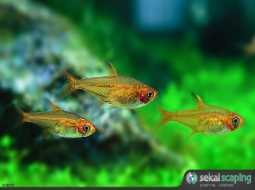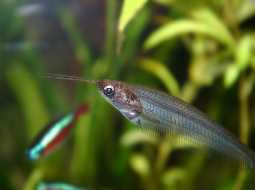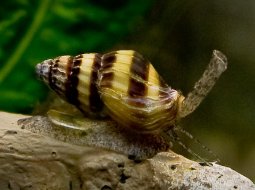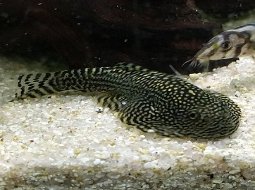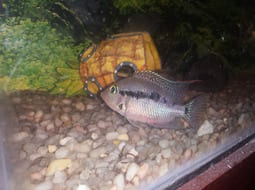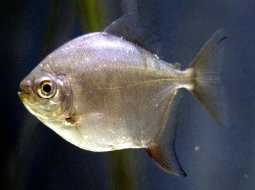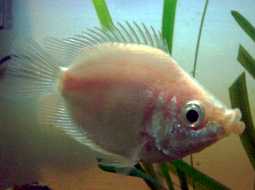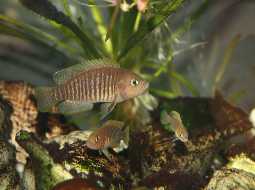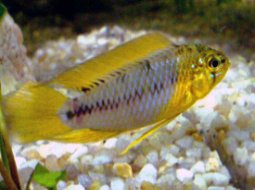
Loading Aqualapp ...
Care and Compatibility of Siamese Algae Eater - Crossocheilus Siamensis
Introduction
The Crossocheilus siamensis, also known as Siamese Algae Eater, is a tropical fish native to Southeast Asia, found in countries such as Thailand and Malaysia. It is known for its elongated and slender body shape, and its coloration is generally silver with a black stripe running from the head to the caudal fin. They are peaceful and sociable fish, and can be an excellent addition to community aquariums. Their main role is to control algae growth in the aquarium, especially filamentous algae and algae on plant leaves. In addition to their algae-based diet, they also accept commercial foods such as high-quality flakes and pellets, as well as frozen foods like mosquito larvae and brine shrimp. It is important to provide them with a balanced diet that includes plant-based foods and ensure that there is enough plant material in the aquarium for them to satisfy their need to feed on algae.
Behavior
The Crossocheilus siamensis, commonly known as Siamese Algae Eater, is a species of tropical fish native to Southeast Asia. It is characterized by its ability to feed on algae and its elongated and slender body shape. It is a peaceful and sociable fish that can be a valuable addition to a community aquarium. Its main role is to control algae growth in the aquarium, especially filamentous algae and algae on plant leaves. In addition to algae, it also accepts commercial foods such as flakes and pellets, as well as frozen foods like mosquito larvae and brine shrimp. It is important to provide them with a balanced diet and ensure that there is enough plant material in the aquarium for them to satisfy their need to feed on algae.
Sexual Dimorphism
Sexual dimorphism in Crossocheilus siamensis is minimal and difficult to distinguish. Both males and females have a similar appearance.
Reproduction
The reproduction of Siamese Algae Eaters in the aquarium environment is not common and has not been successfully achieved on a regular basis. In the wild, these fish migrate along rivers to reproduce. Reliable methods for breeding them in captivity have not been documented. Most specimens available in the trade are wild-caught from their natural habitat. While accidental spawns may occur in the aquarium, intentionally breeding them can be challenging. If you are interested in breeding them, it is recommended to research and seek additional information on specific breeding techniques for this species.
Aquarium Conditions
Crossocheilus siamensis, commonly known as 'Siamese algae eater', is a bottom-dwelling fish that requires a spacious aquarium with abundant vegetation and rocks. It prefers well-oxygenated and slightly alkaline water. Aquarium décor should include algae-covered rocks and areas of water flow. Maintaining water quality is crucial and providing a varied diet.
Feeding
The Siamese Algae Eater is primarily herbivorous and feeds on algae. It is highly efficient in controlling filamentous algae and can be of great help in maintaining a healthy balance in the aquarium. In addition to algae, it also accepts commercial foods such as high-quality flakes and pellets. It is recommended to provide them with a balanced diet that includes a variety of plant-based foods, such as spirulina, algae flakes, and blanched vegetables like spinach and lettuce. They also accept frozen foods like mosquito larvae and brine shrimp. It is important to avoid overfeeding and ensure that there is enough plant material in the aquarium for them to satisfy their need to feed on algae.
Complexity
Caring for Crossocheilus siamensis is relatively straightforward. They are active and peaceful fish that adapt well to a variety of water conditions. They are known for their ability to consume algae and keep the aquarium clean. They get along well with other fish of similar size and are a useful addition to a community aquarium.
In case you need more help, or if you want to know into any topic related to the Crossocheilus Siamensis (Siamese Algae Eater) and even any other species you can use the forums to ask what you need.
To do an analysis more detailed about coexistence and behavior of Crossocheilus Siamensis (Siamese Algae Eater) use the Aquarium simulation tool, if you do this you can test different ways to combine the Siamese Algae Eater with other fishes giving the dimensions and space on you aquarium, on this way you can known the optimal configuration for keep the fishes that you want.
You can also find out the 113 species compatible with the Crossocheilus Siamensis (Siamese Algae Eater) can live together.
Note: The parameters of the water such as PH and temperature are also used to calculate the compatibility of the species.
Compatible species (113)
Compatible (35 Species)
Compatible without any restriction
Although the Siamese Algae Eater can grow very large, the anatomy of its mouth and the preference for eating algae make it impossible to eat fish.
Knowing Yourself From Small (1 Species)
They can live together if they have known each other since they were very small, that is, they grew up and grew up together. it does not work in all cases, there may be exceptions.
Similar Sizes (10 Species)
They can coexist if they are the same size or very similar sizes, it does not work in all cases, there may be exceptions.
With Reservation (20 Species)
The swimming speed of these fish can stress the betta fish and could make them sick.
They are of different biotopes and temperatures, as long as the goldfish adapt to tropical temperatures, they can cohabit.
Compatible in some cases, it depends on the nature and personality of the fish.
Showdown over territory (5 Species)
Fish can live together as long as the space is spacious enough to delimit a territory, otherwise there may be aggressions for competing for the territory.
There may be minor training sessions throughout the territory.
Considerable size difference (23 Species)
They can coexist while they are similar in size or the size difference is not very abysmal, since as the fish grows it increases the chances of eating its partner that did not grow much.
Food competition (11 Species)
They can live together but you have to be careful since it is likely that the fastest fish will take all the food and leave nothing for their partners who are slow swimmers, so you have to make sure that everyone can eat.
Compatible if space is enough (8 Species)
They can coexist together if the aquarium they share is large and spacious enough for both species to feel good, as some fish may attack others to feel that they have little space and try to eliminate the competition.
Siamese Algae Eater
Crossocheilus Siamensis

- Ph: 6.5 - 7.5
- Temperature (c°): 24 - 27
- Measures: 14 cm
- Aquarium Capacity:
21 Liters - 6 Gallons - Alimentación: Carnivores, Omnivores
- Colores: Black, Gris, White
- Comportamiento: Peaceful, Shoal
- Habitad: American
- Preferencias del Acuario: Logs, Natural plants, Rocks
- Tamaño: Medium
- Taxonomía: Fish
- Tipo de Agua: Sweet water, Tropical waters
- Velocidad de nado o movimiento: Fast
- Zona de Nado: Swim in the middle of the aquarium




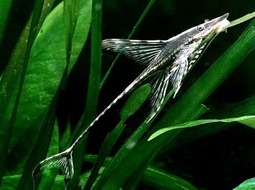
.jpg)
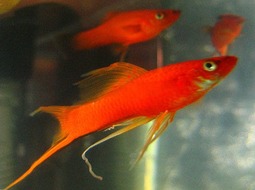


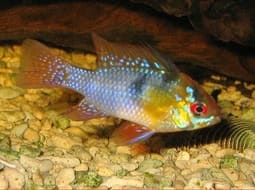
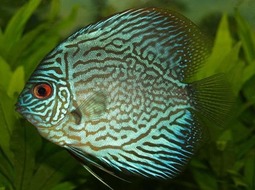
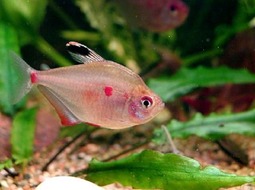


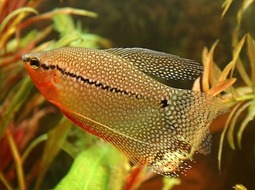




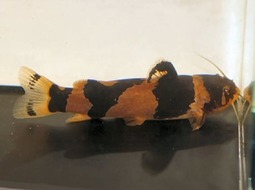


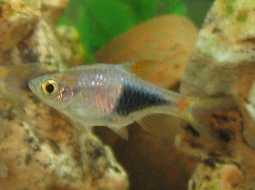

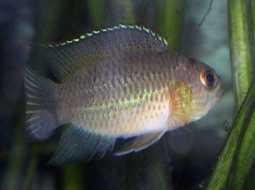

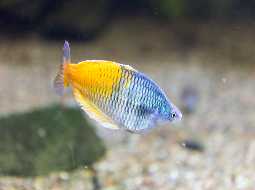

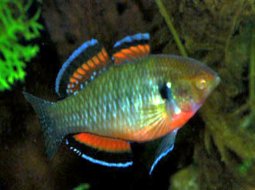
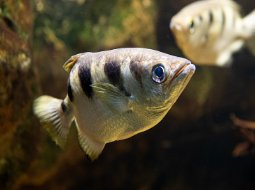
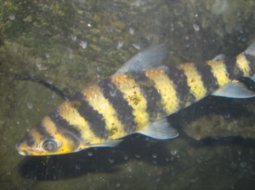

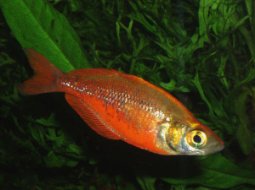



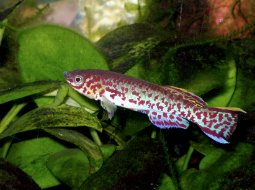
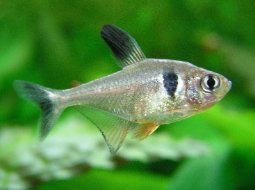
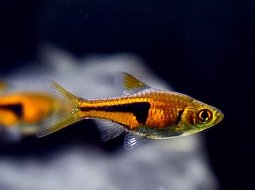






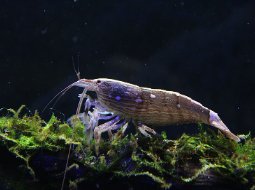
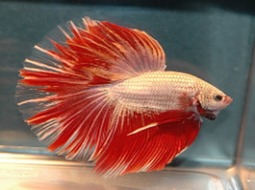


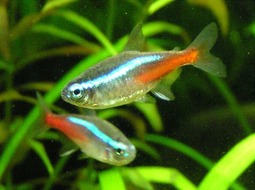
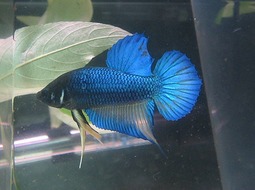
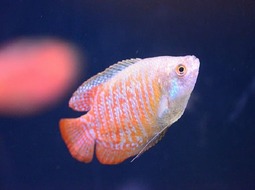

.jpg)
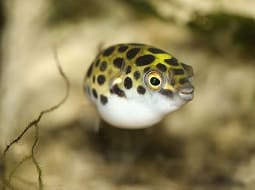




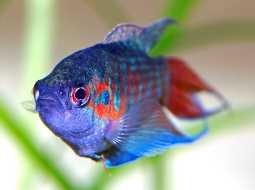
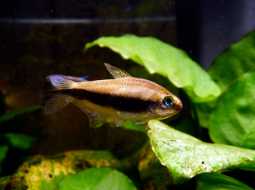
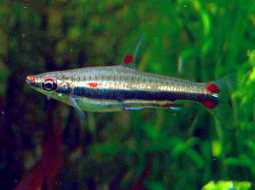

.jpg)




.jpg)
